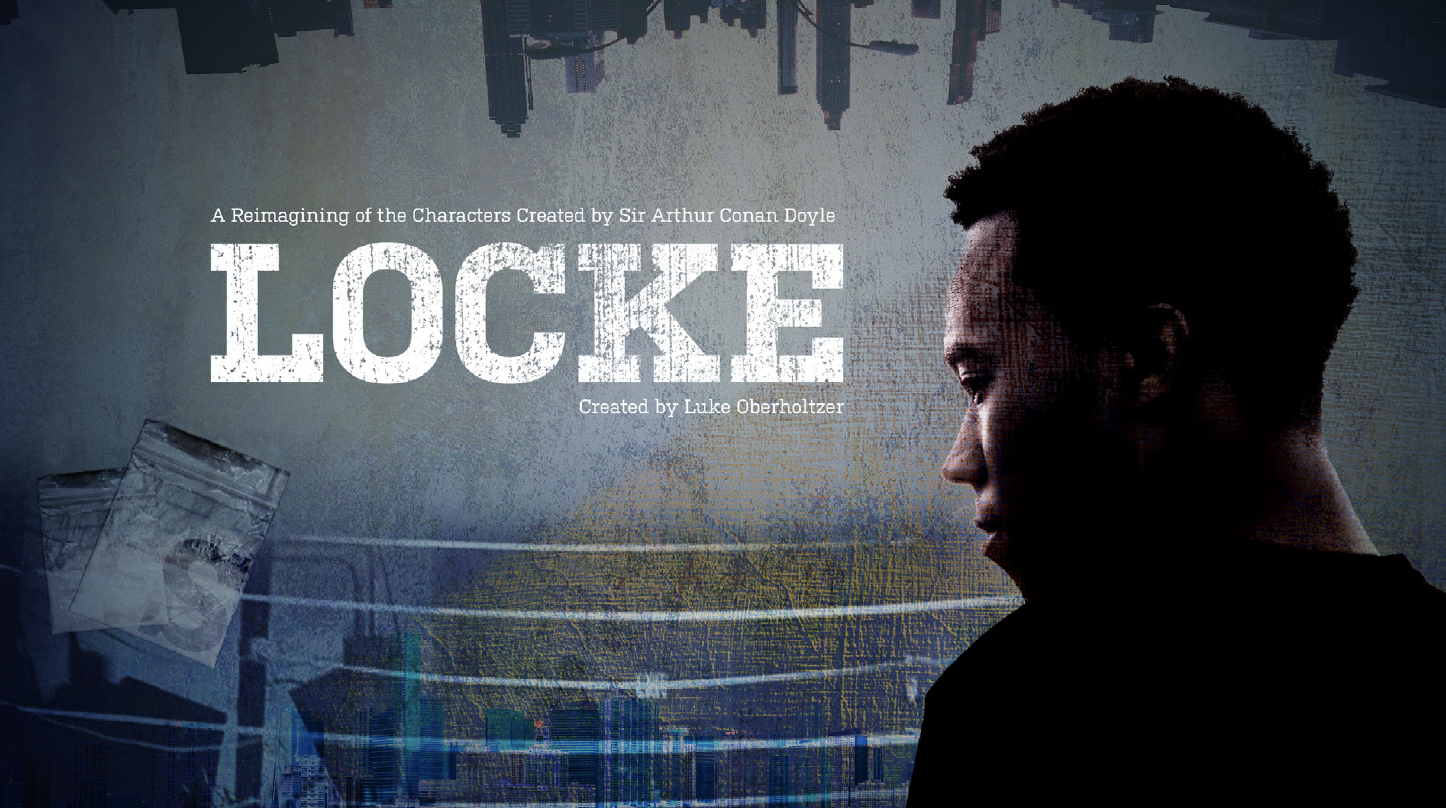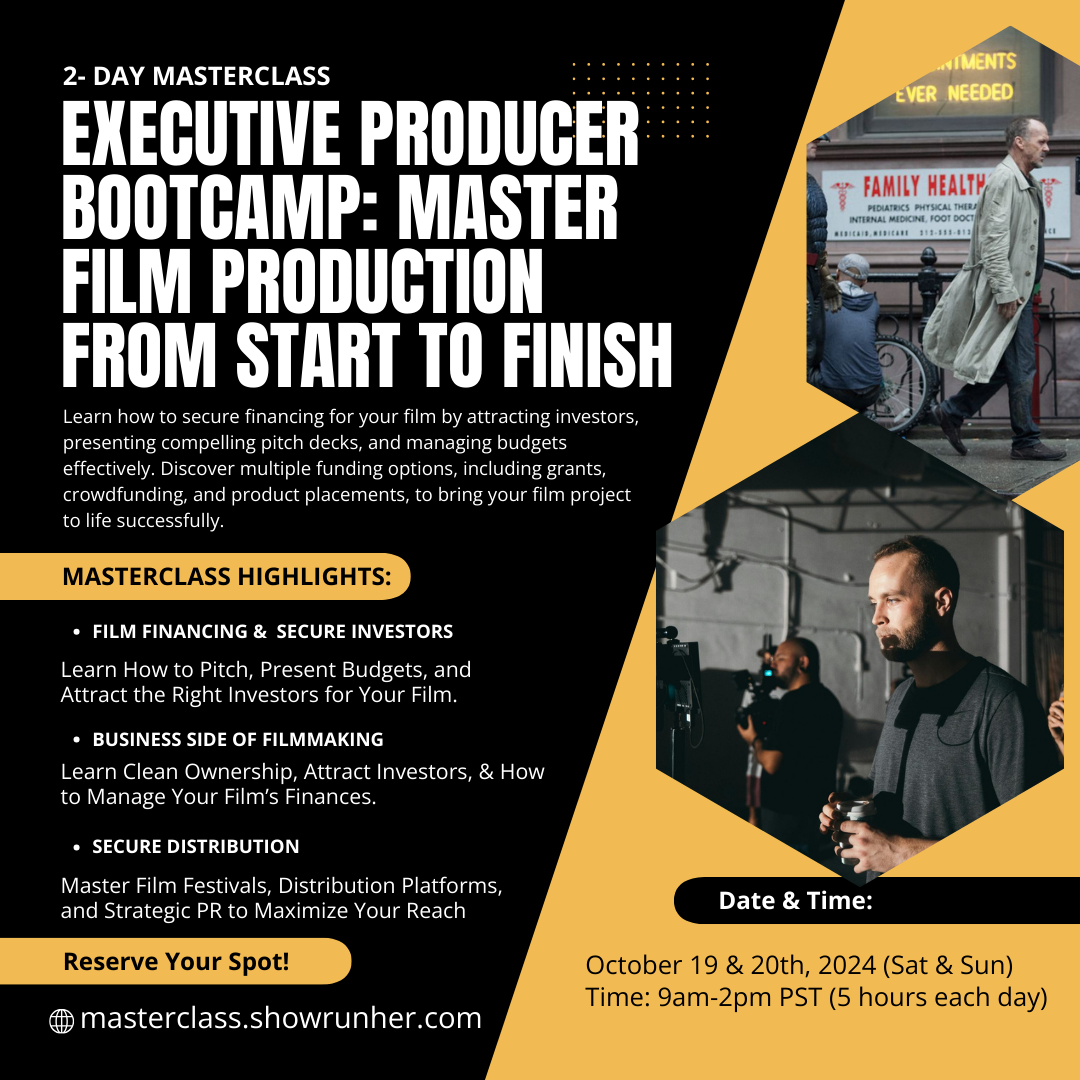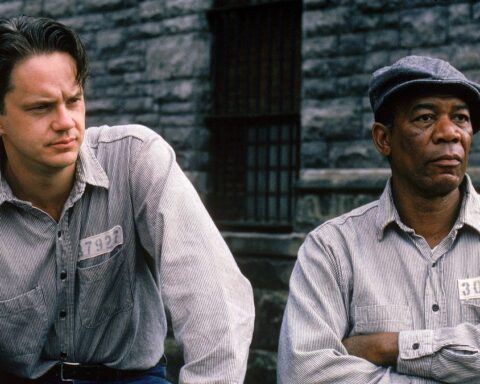In the world of filmmaking, your pitch deck can be your golden ticket to getting your project off the ground even if you don’t have a full script yet. Whether you’re working on a feature film, short film, web series, or documentary, a solid pitch deck helps you sell your vision to investors, partners, or grant committees. You don’t need a fully fleshed-out screenplay to get backing; a well-executed pitch deck can do the talking for you.

Here are a few reasons why you should prioritize building a compelling pitch deck:
Why Pitch Decks Work
- You Can Get Your Ideas Sold Without a Script
- A great pitch deck communicates the essence of your project and your creative vision in a way that entices potential investors or collaborators. It gives them confidence in your idea before they even see a full screenplay.
- Investors Will Invest Based on a Pitch Deck
- Investors need to know that your project has market potential and can be executed successfully. Your pitch deck acts as a business proposal for your film, demonstrating that your project is worth their financial investment.
- It Simplifies Your Project Vision
- By breaking down your project into key elements like synopsis, cast, and production plans, a pitch deck allows you to distill your concept into an easily digestible form. This helps you clarify your vision for potential backers while setting the foundation for your team’s understanding of the project.
Let’s break down the essential elements and specific slides you should include, depending on whether you’re pitching to investors, applying for a grant, or developing a web series.
The Essential Elements of a Film Pitch Deck
Every pitch deck needs to include certain fundamental components. These elements are universal, regardless of who you’re pitching to:
1. Title Page: Your title page sets the tone for everything that follows. It should feature:
- The Film’s Title in bold, captivating font
- A striking visual that reflects the tone of the film
- Your name and/or the name of your production company for credibility
2. Logline: The logline is a one-sentence summary that captures the essence of your film. It should:
- Highlight the main conflict and theme
- Be compelling and concise (around 30 words or less)
- Give a sense of the film’s genre and emotional impact
Example: “As Atlanta’s inferno of sin spirals into chaos on the brink of an apocalypse, Pastor Elijah Lot must navigate the treacherous streets of a city consumed by drug-fueled indulgence, rampant corruption, and widespread immorality.”
3. Synopsis: This is where you provide a brief summary of your film, usually around 200-250 words. Make sure to:
- Clearly outline the plot arcs, main characters, and emotional journey
- Convey the genre, tone, and key themes of the film
- Build excitement without revealing every twist
4. Dream Cast
Your dream cast shows who you envision for the key roles. Whether you have actors attached or not, investors like to see familiar faces or actors with box office appeal.
5. Crew & Comps
Here’s your time to brag! Highlight your key crew members, especially those with notable credits or experience. This is your opportunity to show investors that your team has what it takes to make the film a success. Be sure to include any awards, festivals, or notable projects they’ve been a part of.
For added confidence, include comps films that are similar in tone, genre, or audience appeal, which performed well financially. This shows investors that your film has market potential.
6. The Last Page: End your pitch deck with a strong final slide that:
- Summarizes the project’s vision and potential
- Includes a call to action (i.e., invite them to follow up, take the next step, etc.)
- Displays your contact information for follow-ups
CLICK BELOW TO VIEW THE DECK
Additional Slides for Specific Audiences
Depending on who you’re pitching to, you’ll need to customize the deck by adding specific slides. Below are some of the additional elements for investors, grants, and web series:
Pitching to Investors
Investors are primarily concerned with the financial viability of your film. Make sure you include slides that address:
- Budget Breakdown: Provide a detailed budget showing how much you need to raise and where the money will go. Be transparent and clear in your allocation of funds (e.g., production, post-production, marketing).
- Disruption Slide: This shows how your film is different from other projects currently on the market. Highlight what makes your film unique, whether it’s the subject matter, a new way of storytelling, or the specific audience you’re tapping into.
- Production Plan: Outline a clear timeline for production, from pre-production to post-production. Investors want to see that you have a well-thought-out plan for completing the film on time and within budget.
Applying for Grants
When applying for grants, your pitch should emphasize the social impact and audience reach of your film:
- Target Audience: Explain who your audience is and how your film speaks to their interests or issues. Show that you understand your market and how you plan to reach them.
- Social Impact: Many grants are awarded based on a project’s social relevance. Highlight the themes of your film that align with the grant’s mission, whether that’s raising awareness about a social issue, representing underrepresented voices, or promoting positive change.
Additional Slides for a Web Series
If you’re pitching a web series, there are additional slides you’ll need to include. A web series is different from a feature film because it is episodic, so investors or grantors will want to see how the story unfolds over time. Here’s what to include:
- Season Overview Offer a high-level view of the entire season’s storyline. This helps investors understand the long-term vision for the series. Discuss the main arc, the conflicts that drive each episode, and how the season will culminate.
- Pilot, Episodes, and Finale Break down the first episode (pilot) in more detail. This is the hook that will get people to watch the series. Outline the rest of the episodes briefly, focusing on the important plot points and how the story will develop. Be sure to also explain how the season finale brings everything together and sets up for future seasons (if applicable).
- Other Seasons If you plan for multiple seasons, mention that in the pitch deck. Investors like to know there is a long-term potential for the show. Provide a general idea of where future seasons might go, but avoid diving too deeply into specifics.
CLICK BELOW TO VIEW THE DECK
Designer Contact Information
Legacy Entertainment is the designer for these decks. If you’re ready to take your pitch deck to the next level, consider hiring an expert. Legacy is a trusted company that can help you create a deck that stands out and wins attention. Get in touch today to see how he can elevate your project! Tell him ShowRunHer sent you! For more information and pricing, please contact:
Luke Oberholtzer
Screenwriter, Legacy Entertainment
Email: [email protected]
Website: www.legacy824.com
Facebook: facebook.com/legacyentertainment824
Instagram: instagram.com/legacyentertainment824
LinkedIn: Legacy Entertainment
Feel free to reach out to Luke for any additional details.
Conclusion
Creating a successful pitch deck is about telling your film’s or web series’ story in a way that excites and convinces potential backers. Whether you’re looking for investors, applying for grants, or developing a web series, make sure your deck reflects your passion, vision, and professionalism. And remember, this is your time to brag highlight the accomplishments of your team, and show that your project is in capable hands.











